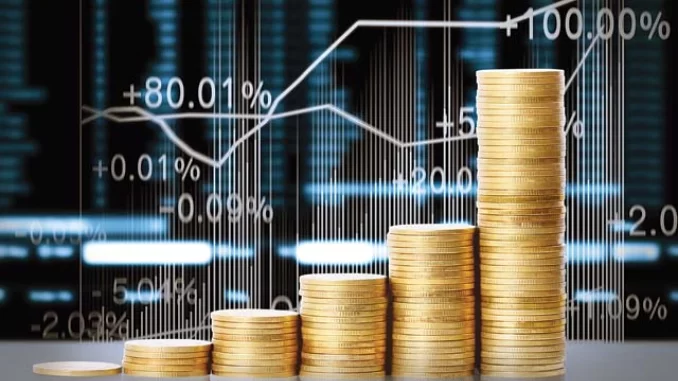
What is the Investment Multiplier? The Investment Multiplier is a mathematical ratio which measures how much an increase in investment or income boosts output. Usually, it is denoted by the letter k. The higher the number, the greater the economic stimulus. Investments in infrastructure are a good example. Extra government spending on roads can boost the incomes of construction workers and materials suppliers. Additionally, the investment will boost the income of workers in related industries.
The Investment Multiplier theory suggests that an increase in Investment will lead to multiple incomes. This is not how the economic system actually works. The real world isn’t like this, with businesses receiving income and purchasing already manufactured goods from inventories. The Marginal Propensity to Consume, which is related to the Investment Multiplier, also affects the k value. The investment multiplier is a good model to use to predict future economic growth.
Another way to visualize the Investment Multiplier is through a savings-investment diagram. This diagram shows the multiplier as income increases. It also shows the level of investment that is planned for a given period of time. Assuming the income increase is constant, the curve will have a positive investment multiplier. Therefore, the higher the MPC, the higher the income increase will be. The Investment Multiplier is a very important concept in Economics for students of Commerce.
The first leakage in the multiplier process occurs with the payment of debts by businessmen and people. Not all income is consumed by people, so some of the increment is used to pay off debts to financial institutions. This process has a lag time, and the multiplier size will be smaller. However, the investment multiplier theory of income is the best way to predict economic growth and prosperity. So, be sure to invest in the stock market!
The multiplier is a numerical coefficient in economics that shows how much change in national investment has on total national income. It is defined as the ratio of total national income to the change in investment. The multiplier can be interpreted in many different ways, and can help us understand the importance of investing in our economy. The multiplier is important because it can affect the growth of our economy and provide a measure of government deficit spending. Therefore, investing in the stock market increases the economy’s GDP.
Keynes’ formula for investment argues that the process of spending creates jobs, but the real effect of government spending is a greater number of jobs. As a result, the multiplier formula predicts that after a cycle of investment, manufacturing will decrease in proportion to the population’s need for specific goods. As the multiplier increases, investment decreases by 0.2 and eventually the total amount of investment becomes infinite. This is the age of abundance.
The multiplier effect in the economy is not limited to the US. In addition, underdeveloped countries also lack financial capital. There is an acute shortage of raw materials, intermediate goods, and financial capital in many developing countries. Therefore, a multiplier is extremely important in this economy. This means that an increase in investment is a positive factor for both the economy and the private sector. If the multiplier is able to work in these circumstances, then the multiplier is real and would not lead to inflation.

Leave a Reply